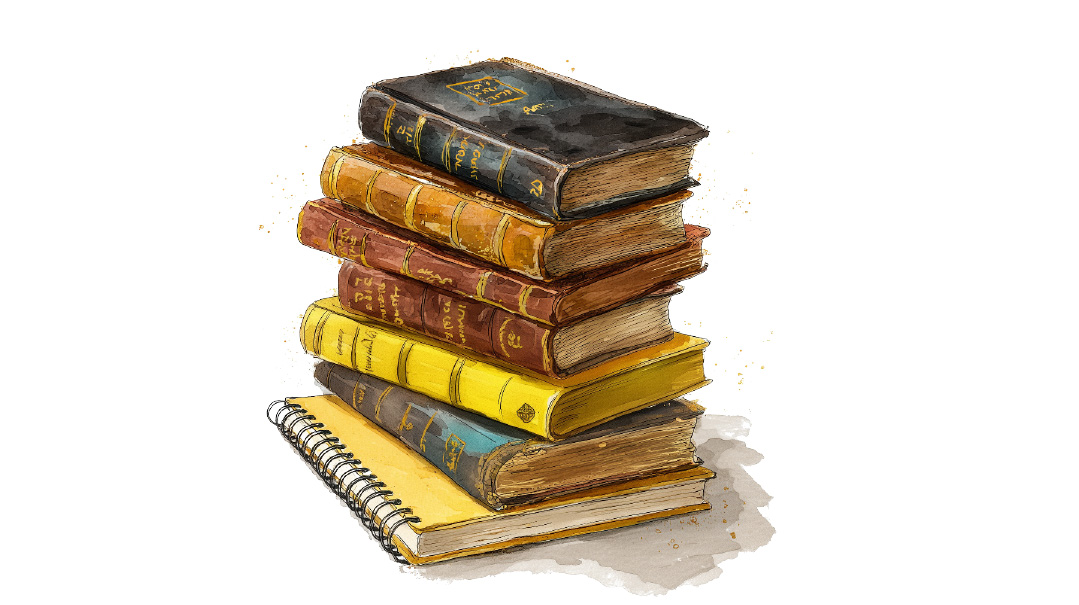A Modern Eternal Flame

A
s I write this, the world is mourning the fire and destruction that engulfed the historic Notre-Dame Cathedral in Paris. This is not the first time that flames have scorched that area. In the year 1242, exactly 777 years ago, another terrible burning took place adjacent to the Cathedral. Hundreds upon hundreds of handwritten Talmud volumes, plus tens of thousands of other sacred Jewish manuscripts, went up in flames right there, by orders of the anti-Semitic Church and the virulently Jew-hating King Louis IX. Only the Jews went into mourning, but the masses were satisfied that the infidel Jews were finally getting their just deserts. Many even wished that the next burning would include not only the holy books, but the cursed Jews themselves.
So while we are all horrified that such an iconic building should suffer severe fire damage, our horror is limited to the destruction of the magnificent architecture and artwork, but not the shameful history of which Notre-Dame is a bloody symbol. Similarly, the two iconic statues at the entrance to the Cathedral, one representing the Church triumphant (“Ecclesiastica”) and one representing the Synagogue defeated (“Sinagoga” ) are fine examples of highly skilled statuary, but a Jew cannot ignore their message that the Church and its teachings have replaced Judaism.
Of course, it is a classic puzzle: Is it possible to separate form from function? Can one admire a genuine work of art while condemning what the art stands for? Is it possible, for example, to enjoy Dostoyevsky even though he was an anti-Semite, or to admire the poetry of, say, renowned poet Ezra Pound for its originality, and to ignore the fact that Pound was a Nazi-sympathizing anti-Semite who broadcast for the Nazis during World War II? This is a difficult question. If a true work of art emanates from the soul of the artist, then one cannot so readily make this separation.
Seven hundred and seventy-seven years ago a horrific burning took place in Paris. Jews mourned, and pious Christians celebrated. Seven hundred and seventy-seven years later a second horrific burning took place in Paris. Christians mourned, but pious Jews did not celebrate. Jews felt some sorrow at the loss of great religious art, but for Jews who know their history, the sorrow was somewhat mitigated by what once took place there.
In truth, not much has changed. Anti-Semitism is alive and unfortunately thrives. True, some things are different. The Church today is no longer as militantly anti-Semitic as it was in the Middle Ages; it has softened its rigid attitude toward Jews and Judaism, and has learned to accept, at least on the surface, the religious fact of life that the Torah and Judaism and Jews are here to stay. And the government of today’s France officially deplores violence against Jews — which still infects France as it does the rest of Europe. Certain things have changed, but much remains the same. As is said of Paris, “plus ca change, plus c’est la meme chose — the more it changes, the more it remains the same.” They don’t burn Jewish texts anymore, but they still attack Jews on the streets of Paris and in front of their synagogues. Sadly and tragically, the classic rabbinic dictum still stands: halachah hi — Eisav sonei es Yaakov, Eisav hates Yaakov.
The burning of Notre-Dame occurred just before the burning of the chometz Erev Pesach. Following the burning, we recite a special prayer that contains these words: “just as we have burned the chometz, so may we merit the burning away of the evil inclination from within us, so that we may serve Thee with a pure heart….” To which I would add: So may the flames of Notre-Dame burn away the evils of anti-Semitism and anti-Torah-ism from the hearts of those who would destroy Thy people….”
Because the real tragedy is that although Notre-Dame de Paris was engulfed in fire, its teachings still inflame the masses. This is a modern eternal flame.
(Originally featured in Mishpacha, Issue 760)
Oops! We could not locate your form.






